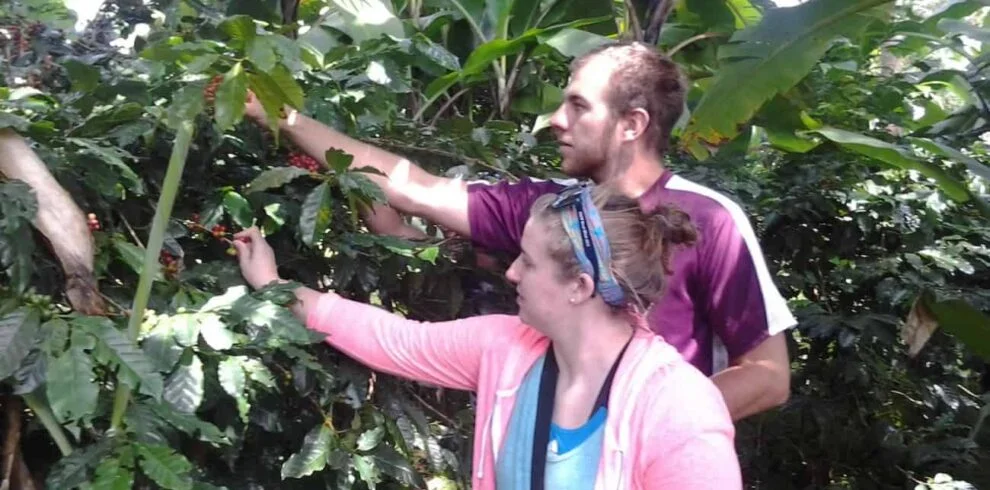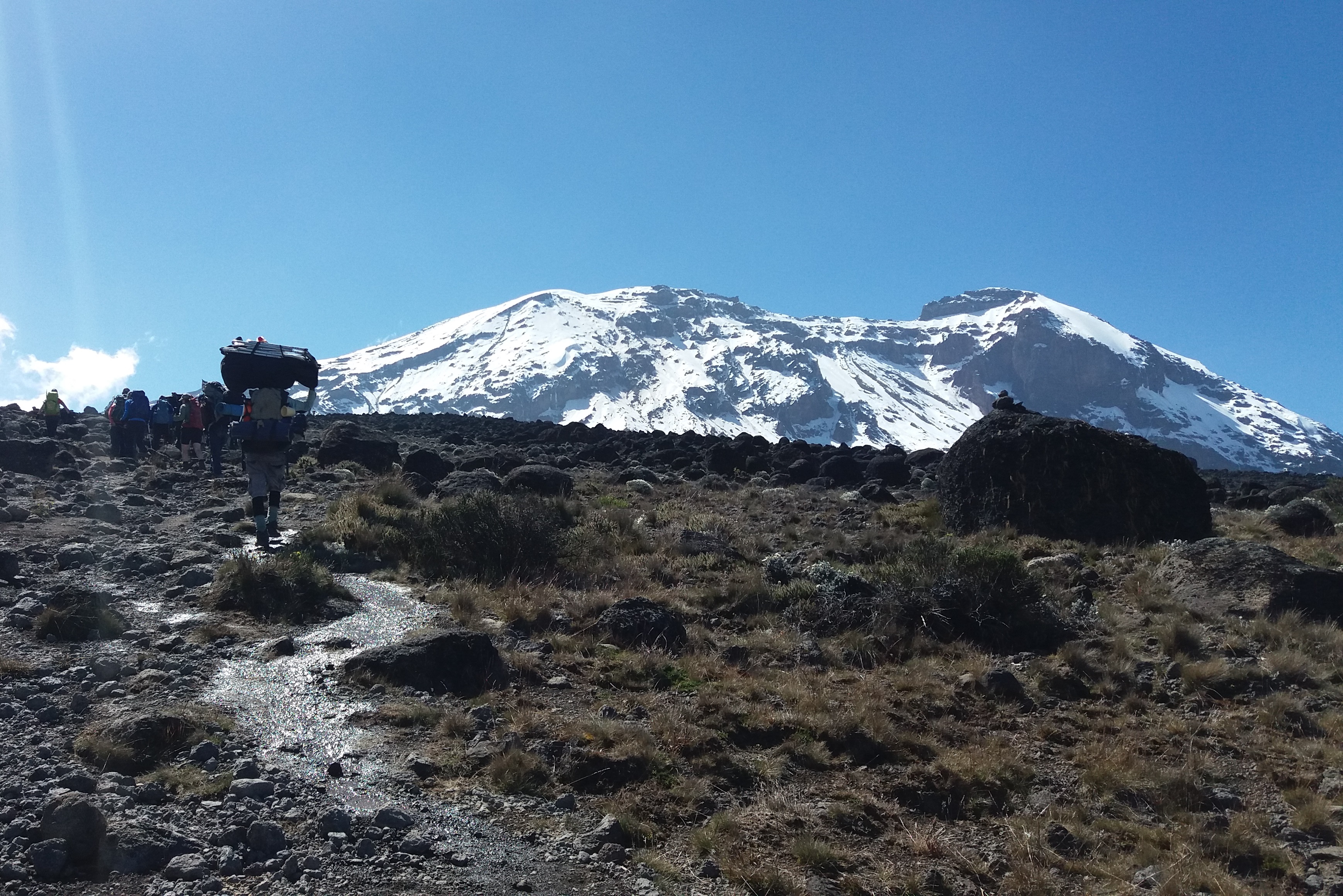
Rising majestically at 5,896 meters, Mt. Kilimanjaro is Africa’s highest peak, a stunning icon of the continent. Its three volcanic summits—Kibo, Mawenzi, and Shira—form a silhouette that captures the imagination. The name "Kilimanjaro," steeped in mystery, may signify the "Mountain of Light," "Mountain of Greatness," or "Mountain of Caravans."
Nestled near Moshi, Kilimanjaro is not just a mountain; it's a protected sanctuary, carefully managed to preserve its breathtaking ecosystems. The lower slopes, adorned with fertile farmland, flourish with coffee, bananas, and maize, sustaining local communities. As you ascend, the landscape transitions from lush, lowland forests to vibrant alpine meadows, each step revealing the mountain's diverse beauty.
Approaching the summit, the terrain shifts dramatically to a stark, icy expanse, where rock and frost dominate. Here, the harshness of nature contrasts with the stunning vistas that stretch across Africa, leaving climbers awestruck by the mountain’s grandeur.
“The Beautiful of Kilimanjaro”
The Beauty of Kilimanjaro
Climbing Mt. Kilimanjaro is often the highlight of visitors’ experiences in Tanzania. Few mountains rival its grandeur, offering breathtaking views of Amboseli National Park in Kenya, the Rift Valley, and the Maasai Steppe. Hiking on the ‘rooftop of Africa’—the highest point on the continent at 5,896 meters—is an adventure of a lifetime. Remarkably, with proper pacing, both seasoned trekkers and first-time enthusiasts can reach its snowy peak.
The name “Kilimanjaro” itself is shrouded in mystery. It may mean “Mountain of Light,” “Mountain of Greatness,” or “Mountain of Caravans.” Interestingly, the local Wachagga people have no name for the entire massif, referring only to the familiar snowy peak as Kipoo (now known as Kibo), which stands imperiously as the overseer of the continent, the summit of Africa.
Kilimanjaro, by any name, symbolizes the compelling beauty of East Africa. Upon seeing it, one understands why it captivates so many. This is not only the highest peak in Africa; it is also the tallest free-standing mountain in the world, rising dramatically from the surrounding coastal scrubland—at about 900 meters elevation—to an impressive 5,896 meters (19,341 feet).
As one of the world’s most accessible high summits, Kilimanjaro is a beacon for adventurers from around the globe. Most climbers reach the crater rim with little more than a walking stick, appropriate clothing, and determination. Those who make it to Uhuru Point, the actual summit, or Gillman’s Point on the crater’s lip, earn their climbing certificates—and unforgettable memories.
But there is so much more to Kilimanjaro than its summit. The ascent is like a climatic world tour, transitioning from the tropics to the Arctic.
Before crossing the national park boundary at 2,700 meters, cultivated footslopes give way to lush montane forests, home to elusive elephants, leopards, buffalo, the endangered Abbot’s duiker, and various small antelope and primates. Higher still lies the moorland zone, where giant heather intertwines with otherworldly giant lobelias.
Above 4,000 meters, a surreal alpine desert emerges, supporting little life beyond hardy mosses and lichens. Finally, the last vestiges of vegetation surrender to a winter wonderland of ice and snow, revealing the magnificent beauty of the roof of the continent.











